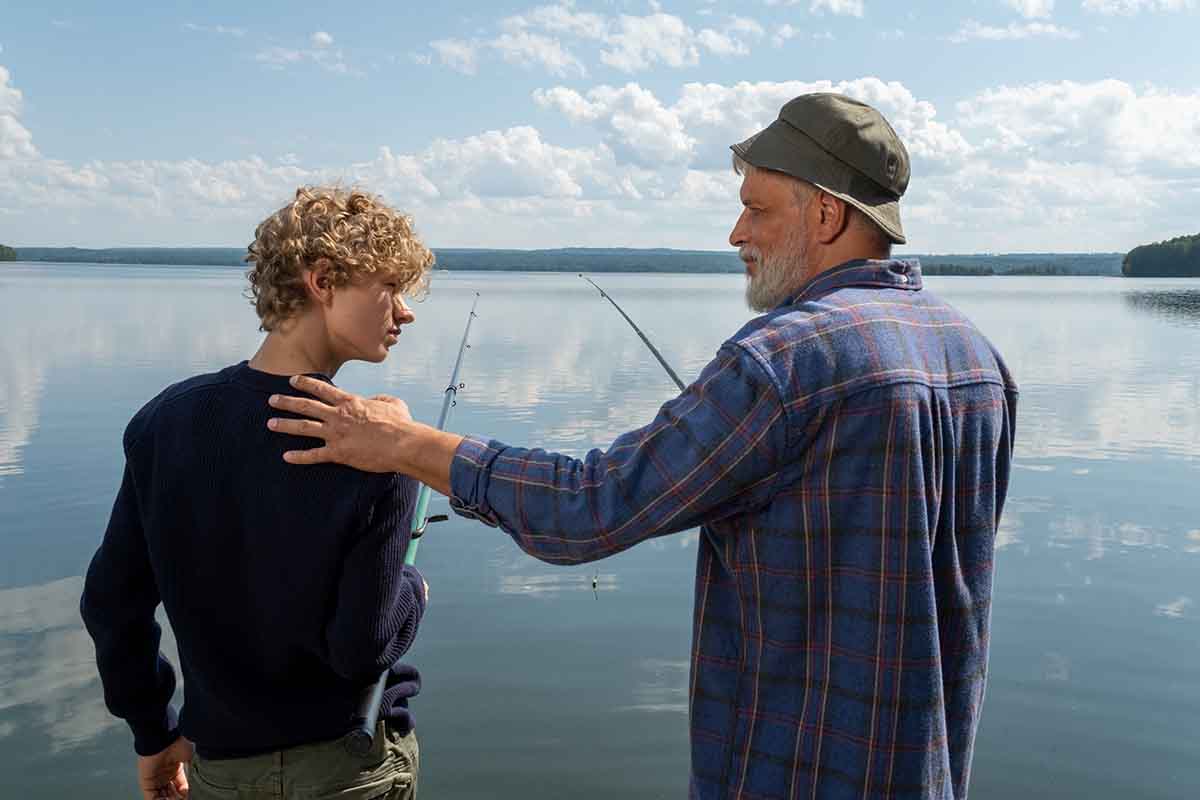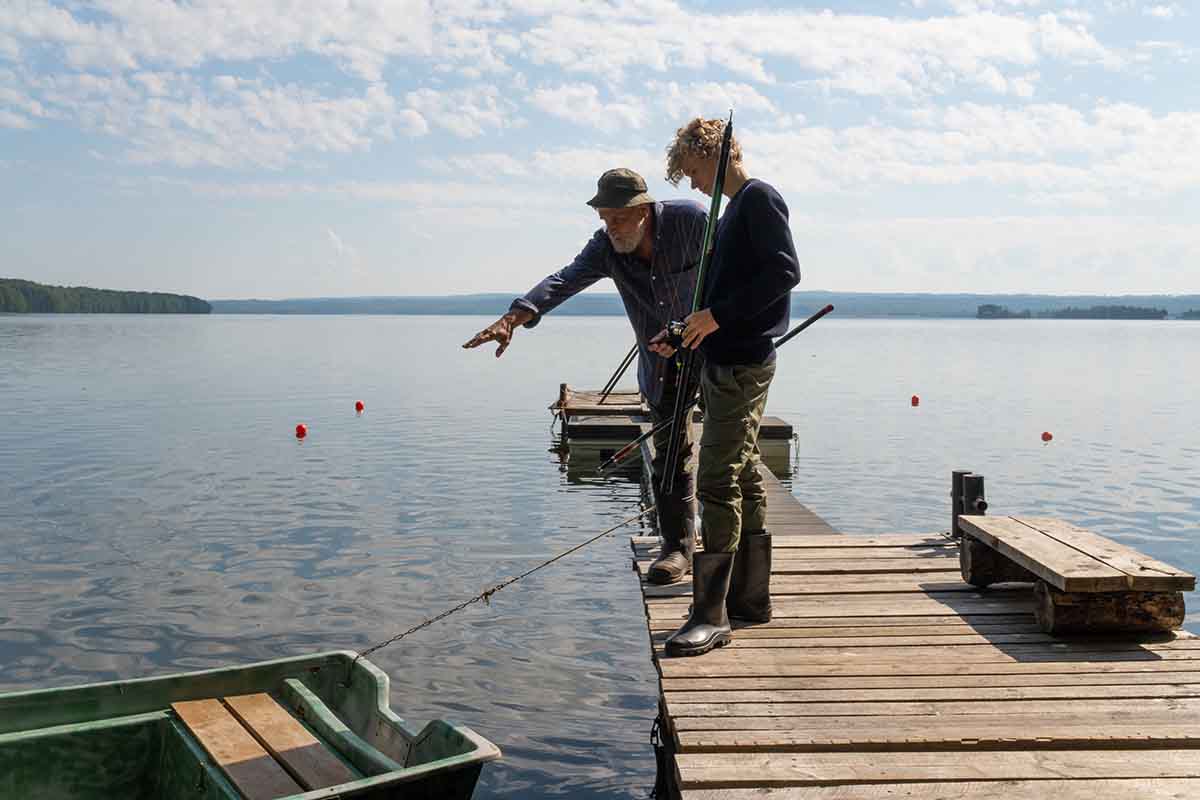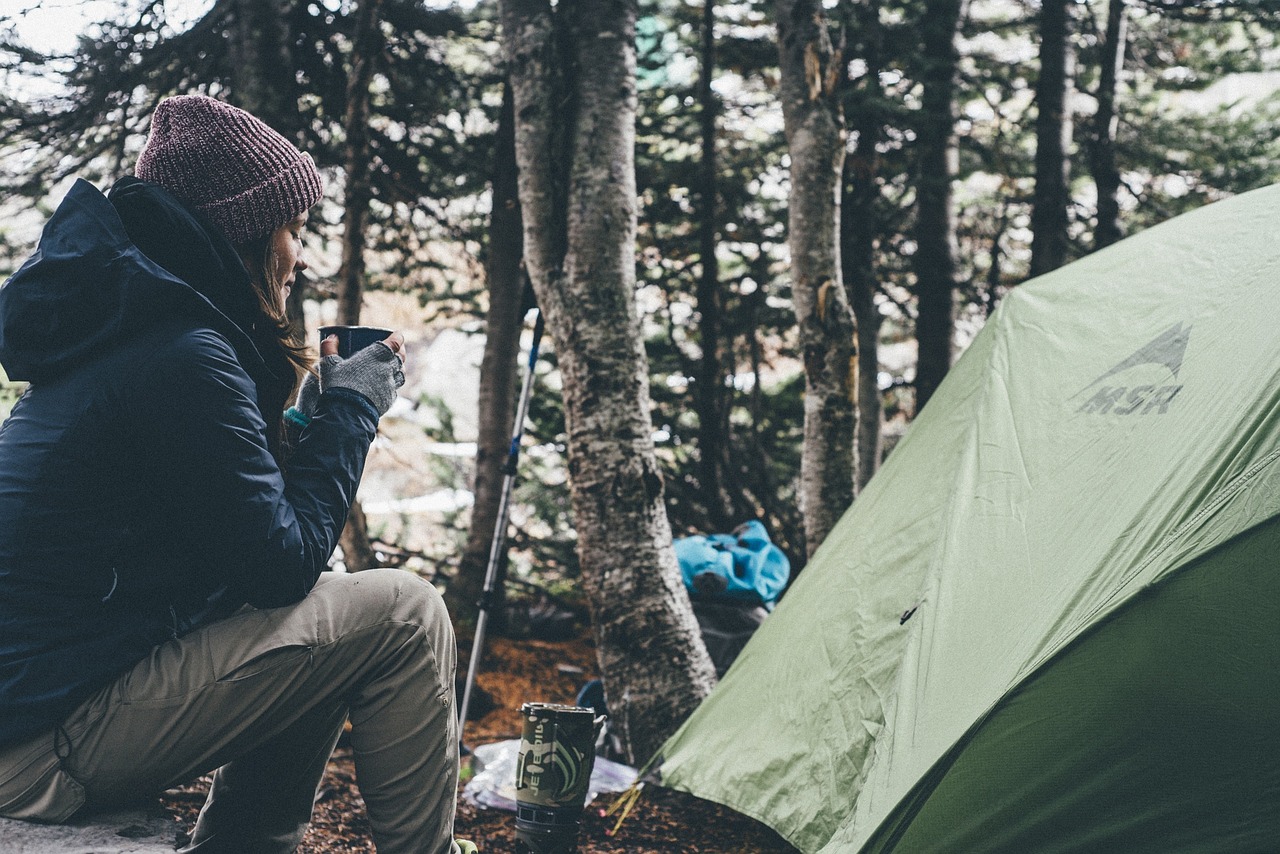Top 10 Practical Advice For Family Fishing: Beginner Advice
Spending quality time outside with your child while also introducing them to the pleasures of fishing is a win-win situation when you go fishing together. Having said that, fishing with children can be difficult at times, but it does not have to be!
This article will provide you with a step-by-step guide that will assist you in planning your first fishing trip with your children. If you are just starting out in the sport of fishing as well, there is no need to panic! I’ll walk you through the steps of getting started with your child as well as some helpful hints for having a positive and memorable first experience.
10 Easy Steps To Getting Started With Fishing
Get a fishing license
Check that you are in possession of the appropriate fishing license and permits. Obtain a fishing permit from the department of fish and game in your area before you head out on the water. You can get them for less than $20 per day at convenience stores or online (the exact price varies depending on where in the United States you live).
If you are interested in purchasing an annual subscription, you should go ahead and do so regardless of the amount of money that will be required at this time. Prices fluctuate frequently depending on location and the state or province in which an individual resides. Annual subscriptions will offer better deals.
Find a suitable location for fishing
If you are looking for a fantastic place to fish, you should search for public areas that provide access to land or water. The Department of Natural Resources (DNR) website is loaded with amazing tools that allow users to locate their nearest suitable location as well as search for others in various regions across North America.
Understand the laws of your fishing region
If I could only offer one piece of guidance for this year’s haul, it would be to ensure that you follow all of the rules and regulations. There are many factors that can be taken into consideration to ensure that your day spent on the water goes off without a hitch.
This can include deciding which species of fish we want to catch (and what size limits apply), as well as determining whether or not the bag limit will allow us to bring any of them back with us at all.
Also, simply being aware of the locations in lakes and riverbeds where these regulations are enforced makes things simpler, as it ensures that individuals will behave civilly toward one another and maintain an atmosphere of harmony while traveling abroad.
Gather The Right Fishing Gear And Tackle
The following is a list of the most fundamental pieces of fishing equipment you’ll need to cast a line:
- Spinning reel and rod combo;
- Lures and bait (Go for PowerBait and decoy-designed lures- Consider live bait such as worms, minnows, and crickets a few days before you head out;)
- Round plastic bobbers;
- Spool of monofilament fishing line- (for freshwater fishing, buy 6- or 8-pound) test line;
- Assortment of hooks (Should be of various sizes- size 3/0 for bigger bait and 2 for smaller bait;)
- Needle nose pliers (to remove hooks from fish’s mouth;)
- Tacklebox (to keep lure and bait;)
- Measuring tape;
- Scissors (For cutting fishing lines or leader;)
- Split shop weight;
- Rubber net.
Gain Knowledge And Practice In Fishing: Practice superficial fishing knots
It would be best if you had a good technique when you go fishing to maximize your chances of catching fish. Before getting started make sure to learn two basic knots for beginners – the double Uni Knot and Improved Clinch Knot!
Fishing etiquette
Proper fishing behavior includes not harming the fish, other fishermen, or the environment. The following is a list of some of the things that should and should not be done:
- Follow the leave-no-trace ethics;
- Keep a safe distance from the fishing spot of other anglers; in congested areas, a distance of 50 to 60 feet is recommended;
- Be sure to consult the local regulation book so that you are aware of the rules that apply to the area in which you are fishing;
- Keep only fish that you can eat.
Reading waters
Do you find that you spend an excessive amount of time looking for the ideal location to fish in? I understand how disheartening it can be, but if we put in the effort to collaborate and educate ourselves about the various kinds of aquatic ecosystems where fish can be found (like lakes and rivers, for example), maybe we can make your next fishing trip more fruitful.
For instance, watch for downed trees and weeds near the shores; drop-off points can also serve as excellent hiding places. You could also get a castable fish finder to throw on the water. This will let you know if any fish are in your fishing spot, even if you’re fishing from the shore.
Spool your reel
The fishing line is spooled onto a spinning reel by being fed through the guides and then double-knotted to the bail. Cast into the water using an index number to set tension, and remove enough lead before you close the bail to ensure you won’t lose your balance while using this two-handed tackle.
Head to your fishing location and rig your line
Of course, don’t forget to bring your go-to rod because fishing is an excellent way to get in shape and a lot of fun. When you’re all set, grab your fishing gear from the trunk and thread line through the eye hooks at the top of your rod. Next, add a bobber weight to keep the rod afloat near the water’s surface.
Cast your line into the water
The most effective strategy for luring fish to bite an offering on a fishing line is to use an alluring lure. You will need wind, bait, and the ability to cast a considerable distance in order to be successful with this method.
If you throw too close to the fish, you will scare them away before you can return to make another cast. Beginner anglers frequently have difficulty getting a catch because they are unsure of the types of lures that work well as alternatives or how far their arm can reach when casting at various distances. However, we are going to demonstrate how easy it is to master these skills by giving you some examples.
Casting a bait requires you to wind up and hurl your lure as far as possible. With one hand, hold the rod so that the reel is nestled between your ring and middle (or index) fingers; grip firmly but carefully to prevent the reel from slipping; slowly bring the tip of the rod behind you, where a patient fish may be waiting.
Hook the catch
When you observe the bobber attached to your line moving up and down, a fish has taken the bait you provided. It is best to give them some time to bite before attempting to reel it in with all your strength, as this will help prevent the hooks from becoming damaged or falling out of their mouths.
Be sure to wear the fish out by moving the fishing rod around while maintaining the position where the rod is held up. This will make it less aggressive when trying to reel it in.
Reel in and land the catch
When you’ve finished casting, reel in until the line is taut. You should continue to follow the movement of the fish while following the movement of your rod as it approaches the land at arm’s length.
When you are close enough, use a net to collect any catches that come close to the shore or the dock, and then release them back into the water without causing any damage. Be careful not to touch the fish’s gills, squeeze its stomach, or remove it from the water for any longer than is strictly necessary. For more tips, check out this guide on how to hold trout, which also holds true for most fishes.
Summary
Bringing in your first catch won’t be difficult if you use this guide as a reference. The advice is straightforward, and all that is required is some persistence and practice on your part. Because of this, it’s a great way to strengthen your relationship with your children while teaching them something new.




















